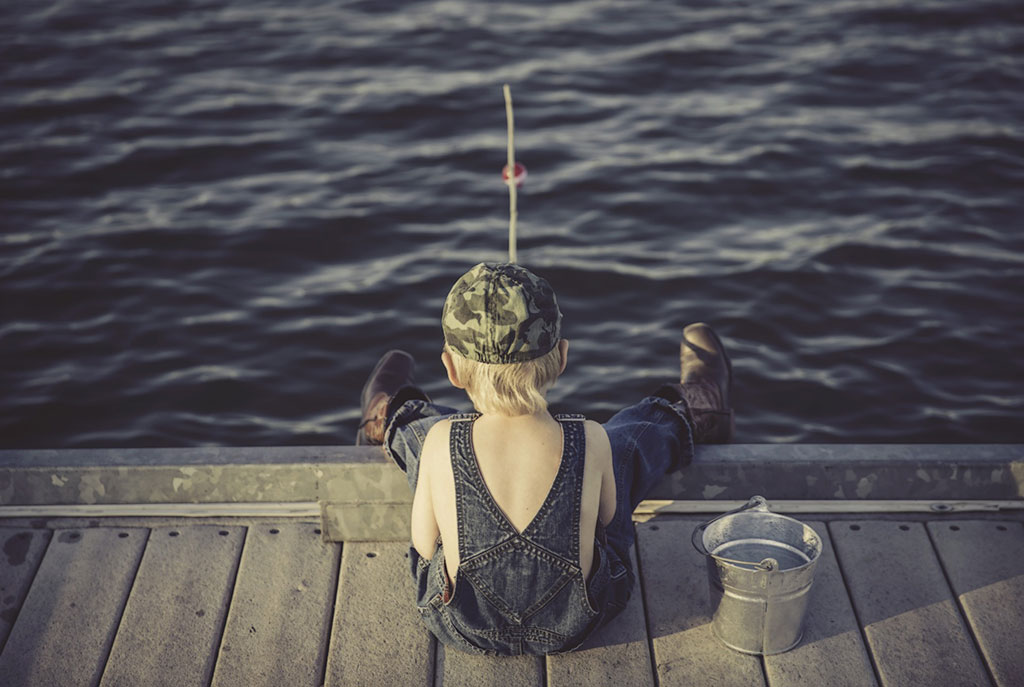Tides have been known to influence the activity of fish in the oceans and nearshore areas, since more water movement often induces more movement of fish. Because of that, many fishermen believe that slack tides (true high and true low) are the worst times for fishing – as fish are less likely to be feeding – and opt for fishing towards the end of a rising (flood) tide or the beginning of a falling (ebb) tides.
Since tidal cycles influence the amount of water that moves up and down a given coastline, it’s only natural that it also influences the behavior of marine life such as fish. The different phases of the moon, the tidal stages, and currents are factors that have long been observed by fishermen. As currents and tides create water movement, understanding how that movement affects the fish may potentially increase the chances of a catch. Luckily, nowadays tide tables are easily accessible via online platforms such as Tides Chart.
Although many fishermen believe that true high and low tide (also known as slack tides) are the worst times for fishing – as there is almost no water movement and thus fish are less likely to be feeding -, other factors should also be taken in consideration before deciding when and where to go fishing. A few experienced fishermen consider the end of flood tides and the beginning of ebb tides to be a good time for fishing since baitfish and crustaceans will be moving and active; and when the bait is active so are the predatory game fish that feed upon them. But to pinpoint a specific time or tidal stage when the chances of catch are highest doesn’t depend solely on the level of the water, but also on the amount of sunlight, depth at which fish are found, storm and weather patterns, wind, the movement of the water, the time of the day/year, among other components. Since the movement of tides is directly related to the way currents run, a very important concept to remember is that fish tend to avoid swimming against the current in order to conserve energy, which means they are more likely to “go with the flow”.

Ryan is the founder of Tideschart.com. Originally from New Zealand, Ryan has traveled to more than 20 countries and has combined more than 10 years of development experience with his passion for the ocean.

